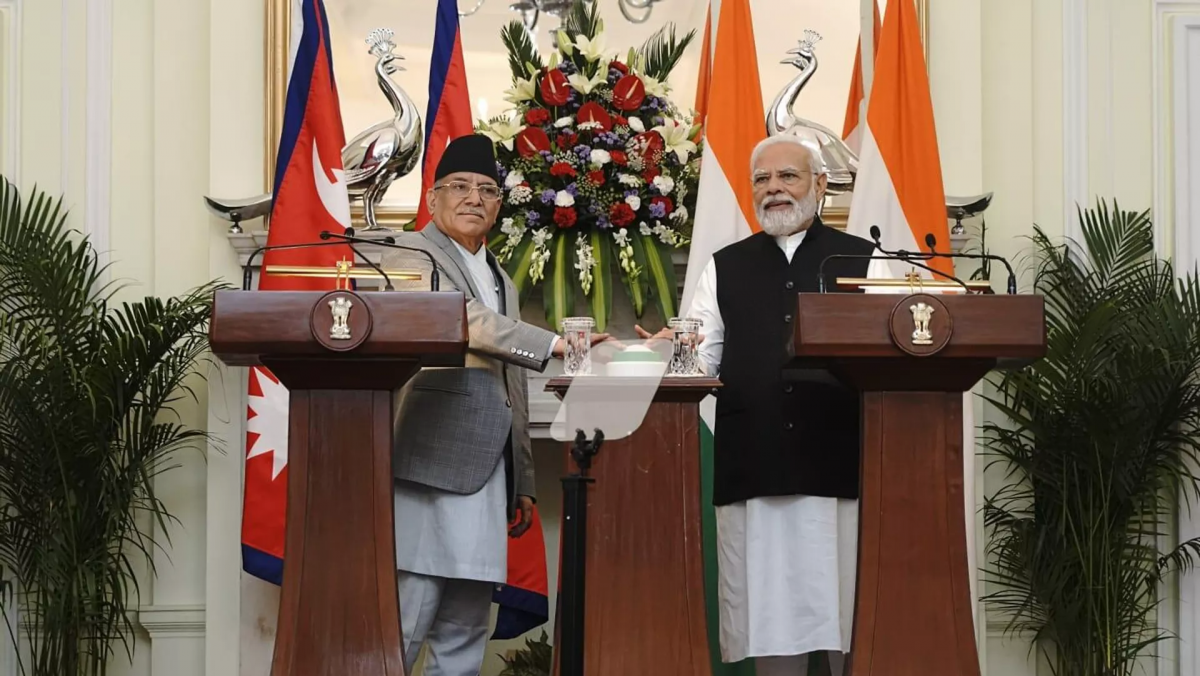KATHMANDU, (Reuters) – Nepal and India signed a power trade agreement today for Kathmandu to export 10,000 megawatts (MW) of hydroelectricity to India over the next 10 years, officials said, in a deal they hope will draw investment to the cash-strapped Himalayan nation.
Nepal’s rivers, cascading from the Himalayas, have the potential to generate about 42,000 MW of electricity, but due to the lack of technical know-how and funds the country, wedged between China and India, produces less than 3,000 MW now.
India, which has a short term electricity trading deal with Nepal, is investing billions of dollars in infrastructure including hydropower plants, as New Delhi looks to grow its influence among its smaller neighbours, where China is also increasingly active.
Indian Prime Minister Narendra Modi and his Nepali counterpart Pushpa Kamal Dahal agreed the long-term power trade agreement last year which, officials said, would be key to attracting investment in Nepal’s hydroelectric sector.
Prem Rai, a spokesperson for Nepal’s ministry of foreign affairs, told reporters the new agreement was one of four deals formalised at a meeting of the Nepal-India Joint Commission in Kathmandu on Thursday.
“This is a milestone for the attraction of investment for the development of our hydrosector,” Suresh Bahadur Bhattarai, a spokesperson for the state-owned Nepal Electricity Authority, said.
“But we need to update our laws and coordinate line ministries and other agencies to finish the work on time,” Bhattarai told Reuters.
The Joint Commission meeting was attended by Indian Foreign Minister Subrahmanyam Jaishankar and his Nepali counterpart N.P. Saud.
Indian companies are at various stages of constructing, or negotiating with the Nepalese government to construct, power plants that could produce a total of 8,250 MW, attracting billions of dollars, officials said.
Nepal hopes to export excess energy to India and narrow its huge trade deficit with its southern neighbour, they said.

